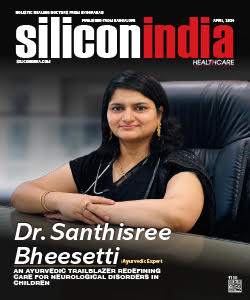India Ranks Second In Research among BRICK Nations
Bangalore: India ranks second in the research output contributing to world share, as per a Thomson Reuters report – ‘Building Bricks: Exploring the Global Research Impact of Brazil, Russia, India, China and South Korea (BRICK)’.
The report highlighted that India leads in pharmaceutical innovation, while Brazil in petroleum and agriculture chemicals. It was seen that out of all the BRICK nations, India is certainly the leader in terms of pharmaceutical patent activity, with about twice as much activity as Russia. Brazil is most active in petroleum-related and agricultural chemical patents, surpassing other BRICK nations.
Further, India has a global share of 3.4 percent of research in the top 10 fields of science and engineering from 2007 to 2011. China with 11 percent research output share soars in the BRICK race. South Korea contributed 3.3 percent, while Brazil recorded for 2.6 percent and Russia recorded for 2.4 percent.
The report also highlighted that China and South Korea lead BRICKs in scientific output and patent activity. China’s and South Korea’s R&D investments are soaring too. Between 2000 and 2010, China saw its total business expenditure on R&D rise from 59.96 percent of gross national expenditure on R&D to 74.45 percent. South Korea’s level of business investment in R&D was even higher reaching 74.8 percent of gross national R&D expenditure by 2010.
The report also suggested that India trails behind China in terms of the number of research papers that are highly cited. In 2011, India produced 235 highly-cited research papers comprising 0.52 percent of national output, while China produced 1,131 highly-cited papers with 0.72 percent national output.
Jonathan Adams, director, Research Evaluation for the Scientific & Scholarly Research business of Thomson Reuters and one of the authors of the report, said, “By examining R&D expenditures, human capital and the resulting research output and impact, we are able to evaluate and share critical science statistics and trend data, to better understand emerging regions and how they compare globally.”
Also Read: India Needs 68 Percent More Fulltime Scientists



